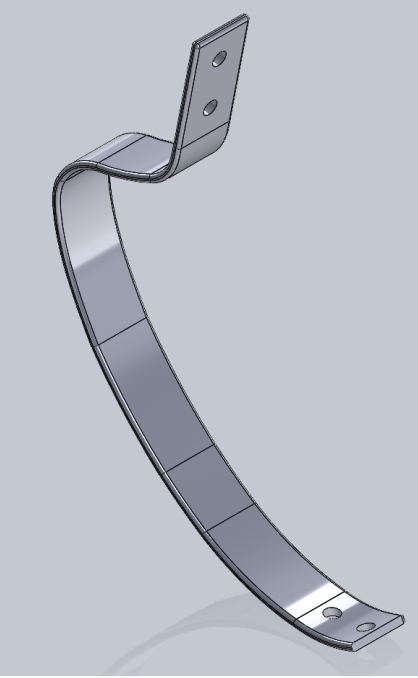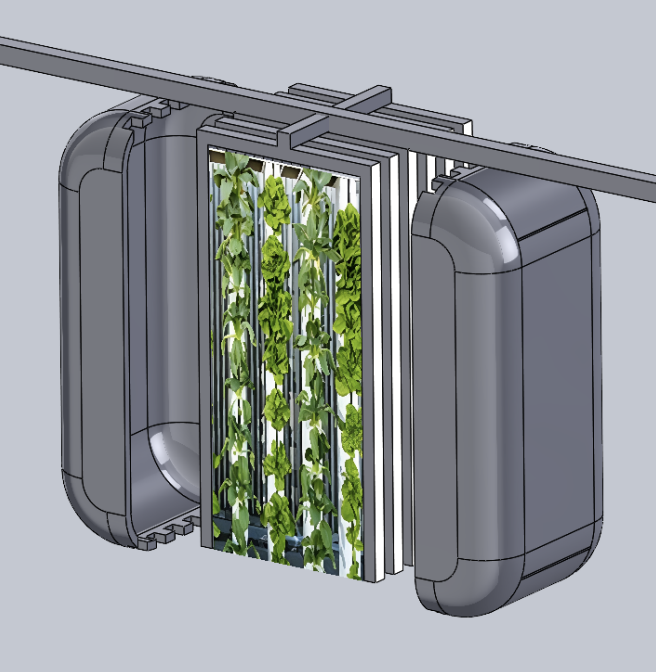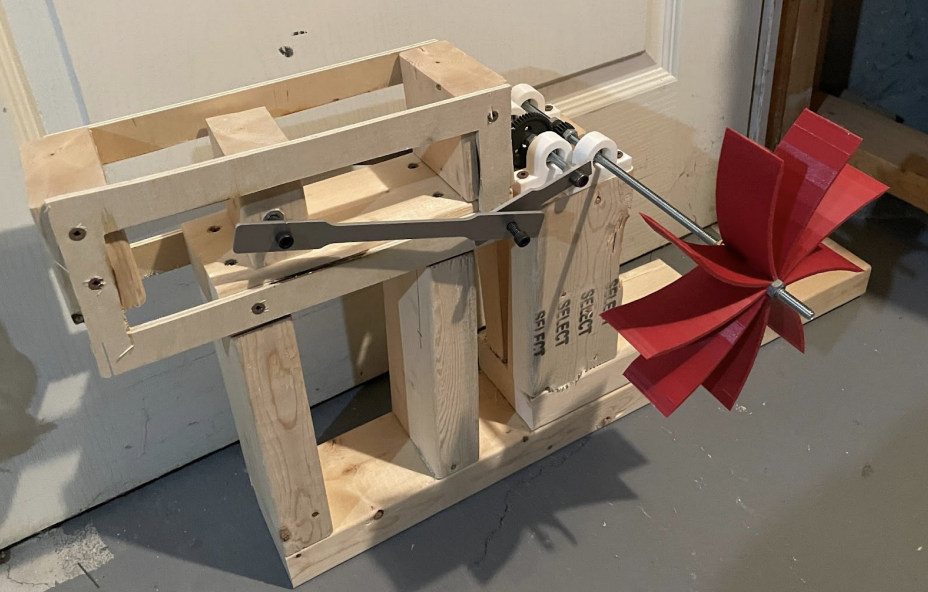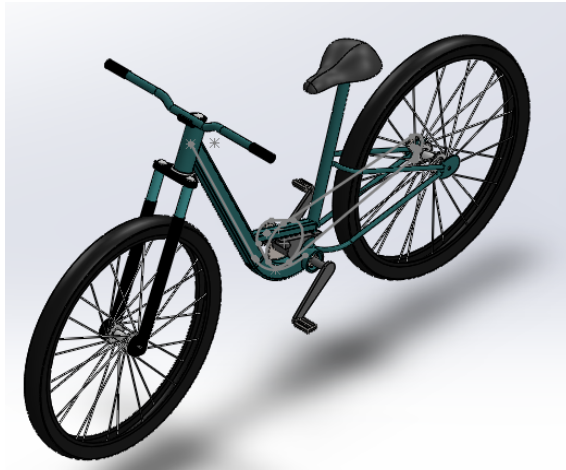Work Experience.
Cadet Instructor Cadre Officer
Canadian Armed Forces
Jan 2022 - Present
Nov 2025 - Present
Sept 2023 - Present
Feb 2025 - Apr 2025
Jul 2024 - Oct 2024
Aug 2023 - Aug 2023
Sept 2022 - Aug 2023
Sept 2022 - Jul 2023
Aug 2022 - Aug 2022
Jun 2022 - Aug 2022
Jan 2022 - Aug 2022
·
·
·
·
·
·
·
·
·
·
Systems & Operations Process Analyst - Niagara & Greater Toronto Area, 2Lt
Administration Officer, 2Lt
J3 Training Support Coordinator - Niagara & Greater Toronto Area, OCdt
J3 Training Support Coordinator - Niagara & Greater Toronto Area, OCdt
Cadet Activities Program Platoon Commander, OCdt
Standards Officer, OCdt
Assistant Supply Officer, OCdt
J35 Plans Support Staff, OCdt
Cadet Activities Program Platoon Commander, OCdt
Assistant Supply Officer, OCdt
Graduate Research Assistant / TEAching assistant
York University, Neptune Nanotechnologies Inc.
Sept 2023 - Sept 2025
EDUCATION.
Master’s of applied science (mechanical engineering)
York University (Lassonde School of Engineering)
Research in bio-based nanoparticle reinforcement of polyester adhesive nanocomposites
Sept 2023 - Sept 2025
Specialized Honours Bachelor of Engineering (mechanical)
York University (Lassonde School of Engineering)
Specializations in Aerodynamics and Composite Materials
Sept 2019 - May 2023
Projects.
DISCLAIMER: All posted materials may not be retransmitted, reproduced, rebroadcast, or otherwise distributed or used in any form without the express written consent from Nathan Hsieh.
Please feel free to browse the site. You may download material displayed on the site to any single computer only for your personal, noncommercial use, provided you also maintain all copyright and other proprietary notices. You may not, however, distribute, reproduce, republish, display, modify, transmit, reuse, repost, link to, or use any materials of the site for public or commercial purposes on any other website or otherwise without the written permission from Nathan Hsieh. Modification of any materials displayed on the site is a violation of any copyright and other proprietary rights.
Sustainable Running Blade Prosthetic
This project aims to develop a sustainable running blade prosthetic for para-athletes. Natural fibers and bio-based resins are utilized to minimize the environmental impact of the prosthetic. The design and materials selection prioritize reducing waste and carbon footprint while ensuring easy recyclability.
Feb 2023 - Apr 2023
Lantern Design for the Canadian Coast Guard
The objective of this project is to design a modern multi-function lantern that can provide visual aid and hydrometric data to mariners. Key responsibilities in this project is to optimize the lantern's performance, develop an innovative housing, conduct high-performance material selection, and to manufacture a prototype.
Sept 2023 - Apr 2023
Aerodynamic Truck Fairing
This project aimed to create an efficient wind deflector fairing for transport trucks and trailers by minimizing fuel consumption and drag, while also reducing material use and manufacturing costs. Computational fluid dynamics simulations and finite element analysis were utilized to optimize the fairing design and identify high-stress regions.
Nov 2022 - Dec 2022
Societal Impact Design Project
This project created a modular device to promote sustainable vegetation growth in northern Ontario by reducing water consumption and energy loss on vertical farming facilities. Using a human-centered design process, 8 critical stakeholder needs were identified and addressed in the device. The final product minimized energy loss and promoted sustainable vegetation growth in the region.
Jan 2022 - Apr 2022
This project designed a finned tube double pipe heat exchanger using log mean temperature difference and effectiveness-NTU methods to maximize compactness ratio and minimize overdesign percentage. Feasible designs were analyzed and optimal designs were selected based on multiple criteria, resulting in an efficient and effective product.
Heat Exchanger Design
Mar 2022
Developed a low-cost and safe can crushing mechanism powered by renewable energy to reduce the volume of emptied cans by at least 80%. The mechanism was designed with safety mechanisms to ensure user-friendliness and to prevent injuries. Cost reduction and maximizing compression were considered as secondary objectives.
CAN CRUSHER
Feb 2022 - Mar 2022
This project created a modular device to promote sustainable vegetation This project aimed to develop an electric bike design for sustainable urban transportation, reducing greenhouse gas emissions and promoting decarbonization. Through research and Solidworks iterations, the design was optimized for safety and effectiveness under loading conditions.
Electric Bike
Nov 2021 - Dec 2021
River Crossing Carrier System
Designed a rope climbing mechanism for safe passenger transport across dangerous waters in Tibet. Created executable design variations minimizing weight and eliminating cable/part failure risk. Conducted FEA analysis to optimize safety and improved efficiency by 75% with zero injury risk.
Nov 2021 - Dec 2021
Density Measurement System
Developed a density measurement system for homogeneous fluid mixtures using a custom MIMO setup and LabView/Arduino programming. Implemented 5 sensors and 30 components to produce accurate readings within tolerances, exploring load cell signal conditioning, data acquisition, and analysis.
Nov 2021 - Dec 2021
PRESentations & Publications.
Processing Strategies for High Performance Polyester-Based Adhesives Reinforced by Bio-derived Nanoparticles
Journal of Manufacturing and Materials Processing
Nov 2025
This study explores the enhancement of mechanical and adhesive properties of polyester (PE) resins through the incorporation of bio-derived chitin nanowhiskers (CNWs) into the polymer matrix. CNWs are high-performance nanoparticles extracted from chitin, an abundant and renewable biopolymer. The research investigates the effects of processing strategies and CNW loadings on the chemical structure, thermal behavior, mechanical strength, and adhesive performance of PE–CNW nanocomposites. CNWs were incorporated into the PE matrix via slurry compounding using different suspension media (ethanol, acetone, and methyl ethyl ketone) and through direct mechanical mixing with CNW dry powders. Experimental results show that the thermal and mechanical properties of the nanocomposites are highly sensitive to both the thermal history during processing and the choice of suspension medium. Most importantly, the optimal adhesive performance was achieved via slurry compounding with a CNW suspension in ethanol, following an evaporative pre-treatment of the suspension to reduce ethanol content and thereby minimize transesterification of the polyester matrix.
Design and fabrication of green polyester-based adhesives reinforced by bio-based nanoparticles
May 2025
The Canadian Society for Mechanical Engineering (CSME) 2025 Conference
SPE Thermoset 2025 Conference
(presented by CEO Aaron Guan, Neptune Nanotechnologies Inc.)
AWARDS.
York University
Mechanical Engineering Excellence Award for Graduate Research
Aug 2025
The Duke of Edinburgh International Award
Duke of Edinburgh’s International Award, Gold Distinction
Duke of Edinburgh’s International Award, Silver Distinction
Feb 2023
Apr 2018
Canadian Armed Forces
Cadet Instructor Cadre Citizen Scholarship
Dec 2023
Government of Canada
COVID-19 Humanitarian Service Medal
June 2022
883 Air Commodore Leonard Birchall Royal Canadian Air Cadet Squadron
Commanding Officer’s Commendation
Lord Strathcona Medal (LSM)
3D (Drill, Dress, and Deportment) Award
Canada Fitness: Excellence Qualification
Air Cadet League Service Medal
883 Air Commodore Leonard Birchall Squadron Leadership Award
Dec 2022
June 2022
June 2022
June 2022
Dec 2018
June 2017







